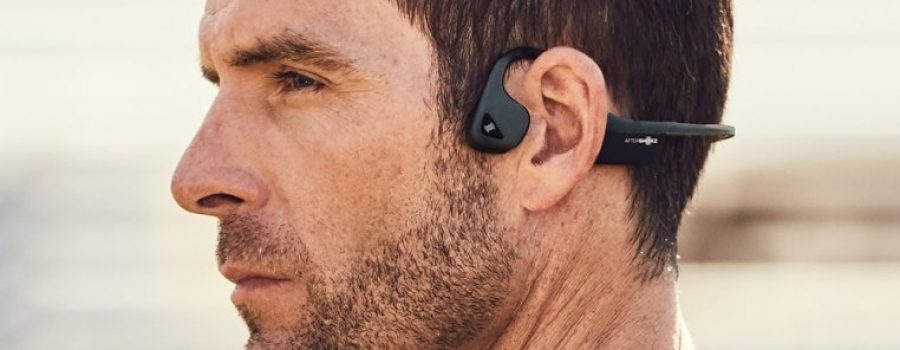Over-ear, On-ear, Ear-buds, In-ear, and noise cancelling are just a few terms that describe the headphone market today. What is the difference between them all and which one is right for you?
First, let’s define them:
Over-ear: Over-ear headphones typically have thick headbands and large ear cups that fully encompass the ears. Listeners who want an easy-to-achieve comfortable fit and don’t mind the larger headphone size.
On-ear: On-ear headphones are usually more compact than over-ear designs. They have smaller ear cups that rest on the ears and also slightly less bass. Listeners who want a decently comfortable fit in a more compact design.
Ear-buds: Earbuds are small, ultra-portable headphones with earbud tips, that rest at the edge of the ear canal. Listeners who want an ultra-portable design and find an in-ear fit uncomfortable.
In-the-ear: In-ear headphones are also ultra-portable with small earbud tips, which are inserted into the ear canal. Listeners who want an ultra-portable design and are comfortable with the in-ear fit.
Noise cancelling headphones can come in any style (Over-ear, On-ear, Ear-buds, In-ear) and are designed to reduce unwanted ambient sounds using active noise control. Noise cancellation makes it possible to listen to audio content without raising the volume excessively however, voices and conversations tend to be higher-pitched random noises, which you may still hear despite wearing your brand-new noise-cancelling headphones.
So, which is best for you?
Probably something you rarely hear about – Bone Conduction Headphones.
These headphones fit over the ear and conduct sound through bones in the head and come in adult and child size just like headphones. And they are more popular than you think. Couriers, runners, messengers, anyone who need to hear the outside world while wanting to listen to their own music, podcast, or audio book at the same time. Bone conduction headphones are not hard to find and can be used with the normal hearing adult or child and the hearing-impaired person as well. I’ve had my bone conduction headphones for several years and primarily use them to listen to music when I’m walking, at the gym, or busy around the house.
Before a person participates and when they complete Auditory Integration Therapy (AIT) it is strongly recommended that they choose a bone conduction headphone instead of an in the ear or over the ear headphone.
Choosing a new headphone is not a personal decision but a logical decision to saving the hearing you have. Try one on… see what you think.


